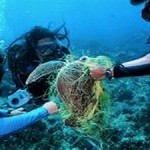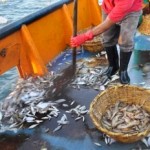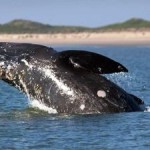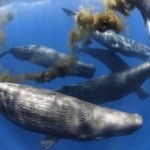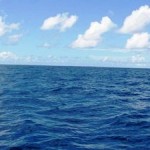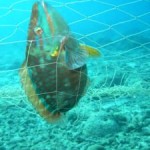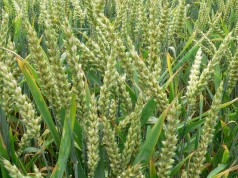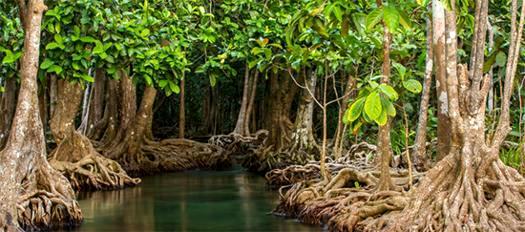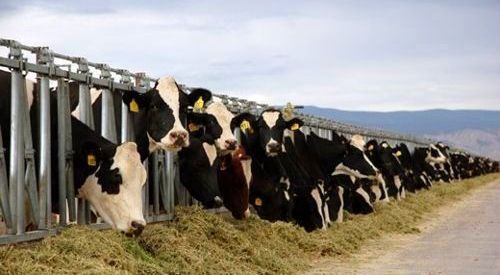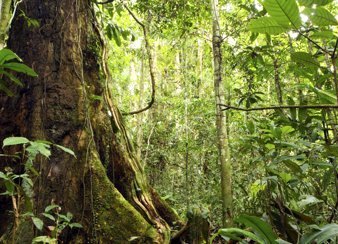A NOAA report released on June 25, which focuses on 10 years of research and conservation efforts on the endangered Southern Resident killer whales, confirms that the three major threats to the recovery of the animals are pollution, vessel noise, and food availability.
Since 2003, NOAA scientists have collected data ranging from fecal and biopsy samples to satellite location data and behavioural observations in order to provide a comprehensive look into the health of this population and inform recovery efforts.
With only 80 of the animals left, recovery of the Southern Resident killer whale population, which spends summers in Puget Sound, is going to require years of study and work, according to NOAA Fisheries marine biologist Lynne Barre.

“This new report provides insights into the threats facing Southern Resident killer whales, as well as new information as to why these whales are not recovering as quickly as hoped,” Barre said. “NOAA Fisheries and our partners can use the findings and information contained in this report, as well as future research, and apply it directly to our overall efforts to help these animals recover as we work to maintain healthy oceans for current and future generations.”
According to the report, NOAA is tackling the main threats to the whales on a number of fronts, by implementing restrictions on how close vessels can approach the whales in order to reduce impacts; collaborating and partnering with organizations responsible for the removal of contaminants in Puget Sound; better understanding effects of food availability; and adopting killer whale-specific plans in the case of oil spills.
This report also summarizes what NOAA Fisheries and its partners have learned, conservation actions taken, and future actions that need to be taken:
- Chinook salmon make up a majority of the whales’ diet, particularly in the summer. Many runs of Chinook are endangered or threatened, potentially limiting the food source.
- Pollutants cause disease and reproduction problems in marine mammals. Southern Resident killer whales are among the most contaminated marine mammals in our oceans. Pollution and contaminant levels are particularly high in young whales.
- When vessels are present, the whales hunt less, travel more and modify their vocalizations.
- Future research is needed to answer questions like whether the new vessel regulations are successful in reducing impacts, how large an impact do high contaminant loads have on whale health and reproduction, and how large a population can today’s ecosystem support.
In 2003, Congressional concern over the 20 percent population decline in the late 1990s led to a federally funded research and conservation program. Since that time, NOAA Fisheries has been working with the killer whale conservation community to more fully understand the threats these whales face, and to initiate actions to help the species recover.
It is believed the Southern Resident killer whale population once numbered at least 140 animals. In the 1960s and 1970s, nearly 50 animals were removed from the population and placed into theme parks. The practice of capturing live orcas for display was halted in 1976, but only about 71 Southern Residents remained.
The population of these whales rebounded in the 1980s, peaking at 98 animals in 1995. But the population began to decline again in the early 2000s, and was listed as endangered under the Endangered Species Act in 2005. In 2013, the population numbered 82 animals.
Check the following link to read/download the “Special Report: Southern Resident Killer Whales”:
http://www.nwfsc.noaa.gov/news/features/killer_whale_report/index.cfm
Source: NOAA.
NOAA’s mission is to understand and predict changes in the Earth’s environment, from the depths of the ocean to the surface of the sun, and to conserve and manage coastal and marine resources.

